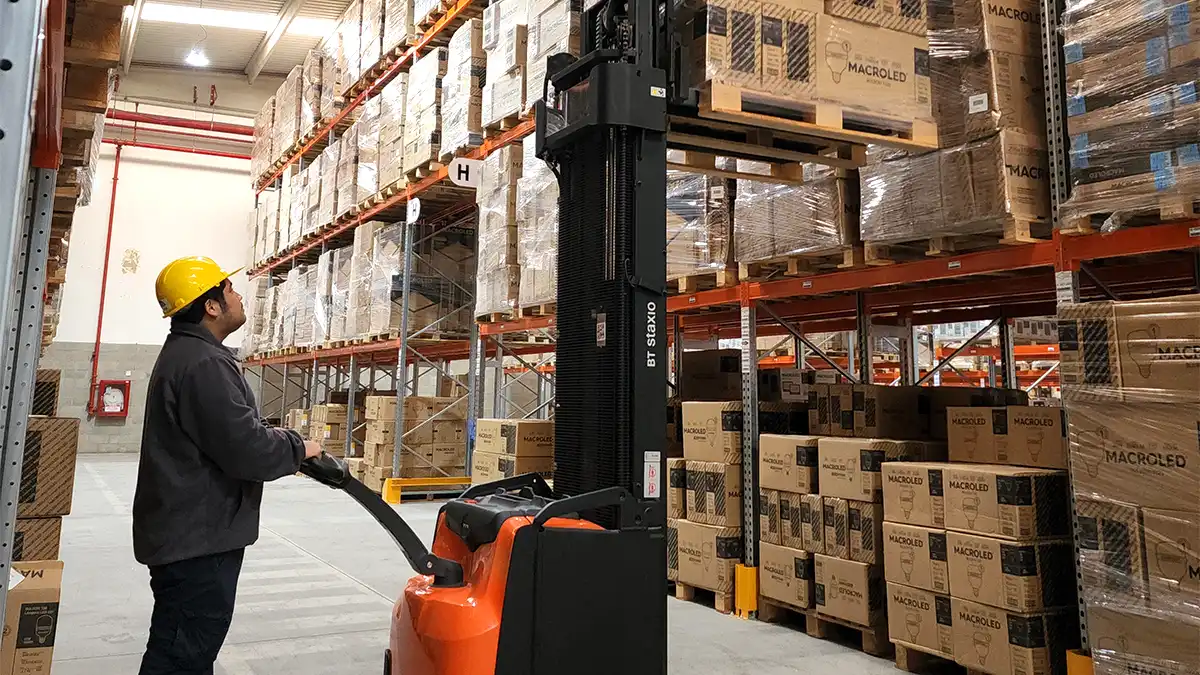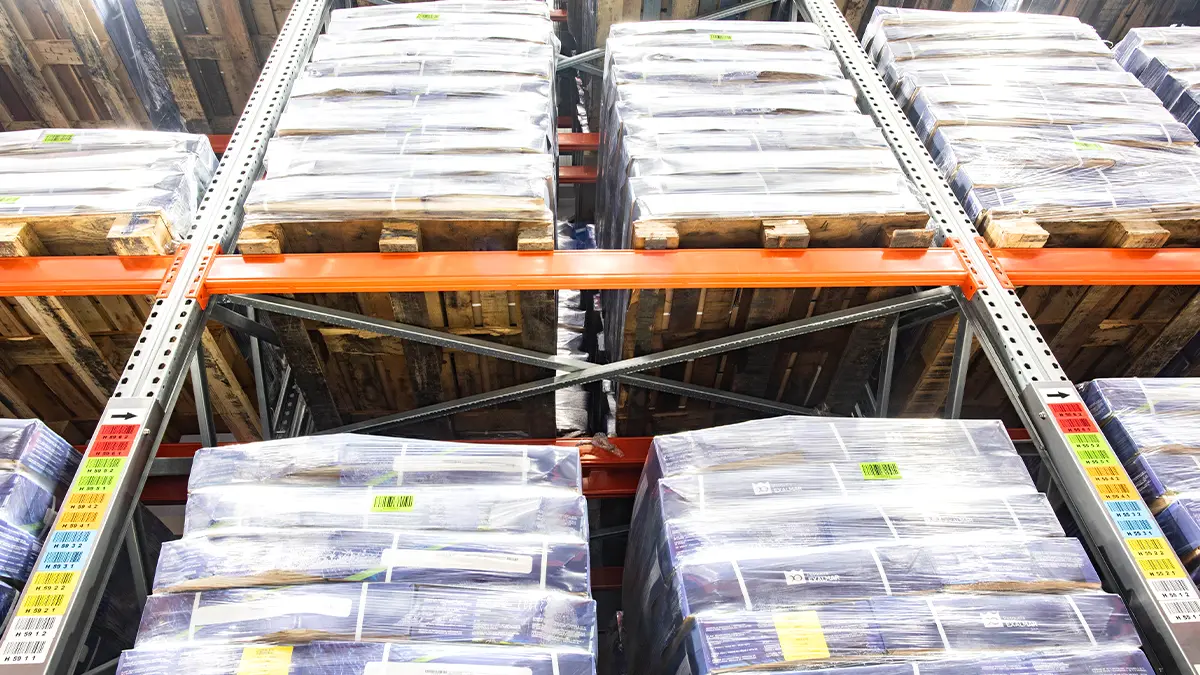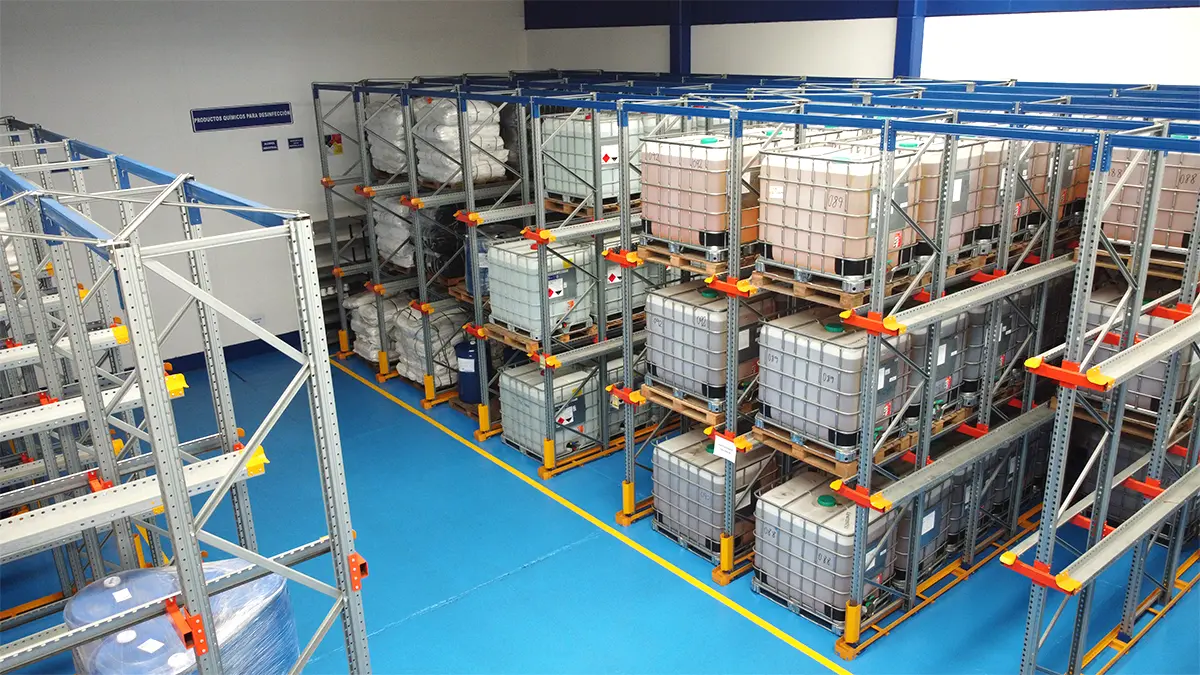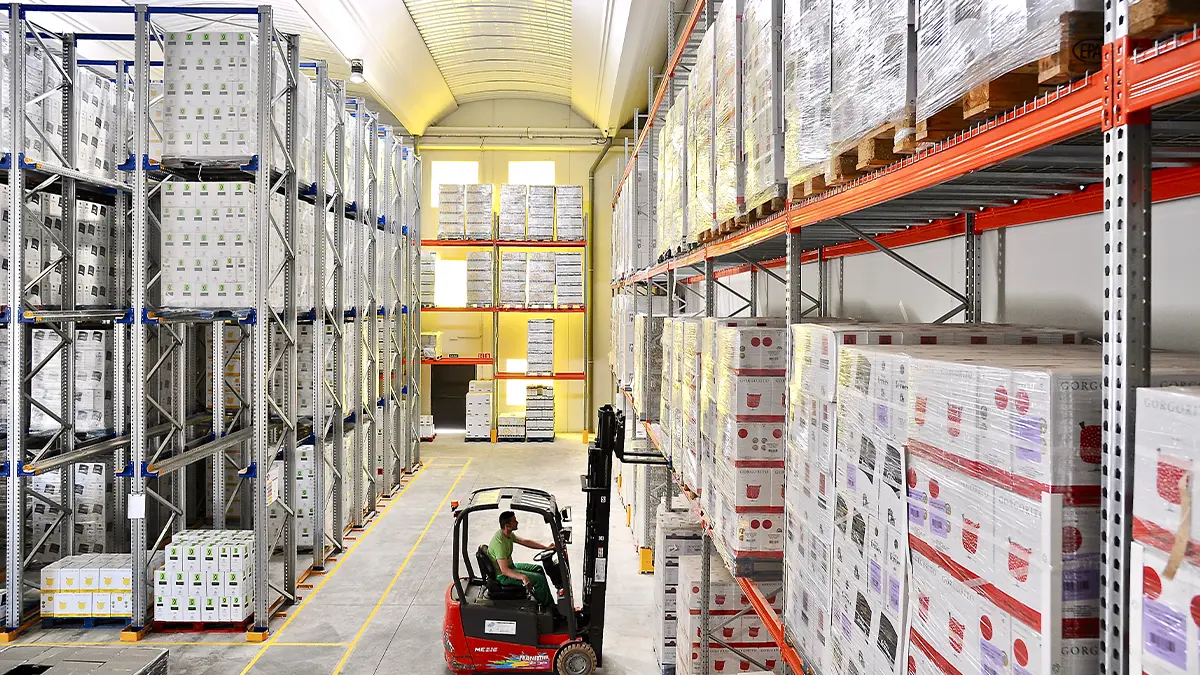In accounting and inventory management, it is essential to choose the right method to value stock. Among the various methods available, NIFO (Next In, First Out) is noted for its ability to reflect replenishment costs in specific economic contexts. This article investigates the NIFO method, its relationship to the General Chart of Accounts, its comparison to other goods valuation methods, its application in logistics and its implementation in diverse storage systems.
NIFO: Definition and explanation of the method
NIFO (Next In, First Out) is an inventory valuation method that assigns the value of the units issued from the warehouse to the replenishment cost, that is, to the cost of the next unit that will be purchased. This method is especially useful in periods of high inflation, as it best reflects the current cost of replenishing goods.
General chart of accounts
Spain’s General Chart of Accounts establishes the accounting rules and principles that companies must follow to keep proper accounting records. According to the General Chart of Accounts, the accepted stock valuation methods are the Weighted Average Cost and FIFO (First In, First Out). Although the NIFO method is not officially accepted, some companies use it internally during high inflation periods to better reflect annual costs.
Other goods valuation methods
Despite NIFO being the valuation method of interest for this article, the existence of other accepted methods should be mentioned; a brief description of them is provided below:
- Weighted Average Cost (WAC): This method calculates the average cost of all the available units during the period. It is obtained by dividing the total cost of the goods available for sale by the total number of available units.
- FIFO (First In, First Out): The first goods be sold are the first goods purchased. This method assumes that the oldest goods are sold first.
- LIFO (Last In, First Out): The last item purchased is the first item out. This method assumes that the last units to enter the inventory are the first to be used or sold.
Logistics application
In logistics, inventory valuation is essential for efficient warehouse and supply chain management. The NIFO method can be used for:
- Adjusting selling prices: Using the replenishment cost as a basis, companies can adjust their selling prices to maintain adequate profit margins, especially in volatile markets where the prices of supplies can fluctuate considerably. This ensures that prices reflect current rather than historical costs, which can be crucial for competitiveness.
- Purchasing planning: The NIFO method allows companies to anticipate future costs and plan their purchasing accordingly. By knowing the replenishment cost, companies can make decisions on when and how much to buy, optimising their financial resources and avoiding unnecessary or excessive purchases.
- Inventory management: Reflecting the actual value of stock is essential for strategic decision-making. The NIFO method ensures that the value of inventory in accounting books is always up to date, providing an accurate picture of the company’s assets. This is vital for financial planning, profitability assessment and cash flow management.

Implementation of NIFO in the warehouse
To implement the NIFO (Next In, First Out) method in a warehouse, a series of detailed steps must be followed that ensure efficient and accurate inventory management.
Identification of replenishment costs:
- Description: The first step involves determining the cost of the next inventory unit to be purchased. This cost must reflect the current market price to ensure that inventory values are accurate and up to date.
- Importance: Knowing the replenishment cost is crucial to correctly calculate the inventory value and to make informed purchasing and selling price decisions.
- Additional considerations: It is important to periodically check supplier prices and market conditions to adjust replenishment costs as necessary.
Record of incoming and outgoing inventory:
- Description: Keeping a detailed record of all incoming and outgoing inventory is essential. This includes recording every time new goods are received and every time inventory is withdrawn for use or sale.
- Importance: An accurate record enables precise tracking of the available inventory and helps prevent errors and losses. It also facilitates auditing and internal control.
- Additional considerations: Using barcodes or RFID systems can improve the accuracy and efficiency of inventory record-keeping.
Updating values:
- Description: Stock values must be continually updated based on current replenishment costs. This means that every time new goods are received, the value of the inventory must be recalculated to reflect the latest costs.
- Importance: Keeping the values up to date ensures that financial reports are more accurate and that business decisions are based on real and current data.
- Additional considerations: Implementing an automated system that updates values in real time can reduce errors and improve efficiency.
Use of technology:
- Description: Implementing warehouse management systems (WMS) is a recommended practice to facilitate the tracking and updating of replenishment costs. These systems automate many inventory management related tasks, reducing incidents and improving efficiency.
- Importance: Technology enables optimum inventory management, which can lead to cost savings and greater customer satisfaction. WMS can also be integrated with other business systems to provide a complete, real-time overview of operations.
- Additional considerations: Ensure that staff are well-trained in the use of these systems and that there is a regular maintenance and update plan to avoid technical problems.
Staff training:
- Description: It is essential that all staff involved in inventory management are well trained in the NIFO method and in the use of the technologies implemented.
- Importance: Adequate training will ensure that all employees understand the procedures and the importance of keeping accurate and up-to-date records.
- Additional considerations: Providing ongoing training and regular updates on the best practices and new technologies can improve efficiency and reduce errors.
Continuous monitoring and evaluation:
- Description: Implementing a continuous monitoring and evaluation system to review and adjust the processes as necessary.
- Importance: Continuous monitoring makes it possible to quickly identify and correct problems, ensuring the optimum performance of the inventory management system.
- Additional considerations: Conduct regular audits and use key performance indicators (KPI) to evaluate the efficiency of the system.
Tax considerations
Using the NIFO method can have tax implications, particularly in countries where it is not officially accepted. Companies must consider local regulations and how the use of NIFO can affect their tax returns and audits. It is recommended to consult with a tax adviser before implementing this method to ensure compliance with all applicable regulations.

Conclusion
The NIFO method, although not officially accepted, can be a valuable tool for companies in periods of high inflation. Its ability to reflect current replenishment costs makes it useful for strategic decision-making in logistics and inventory management. However, its implementation requires a careful consideration of tax implications and operational complexity.













